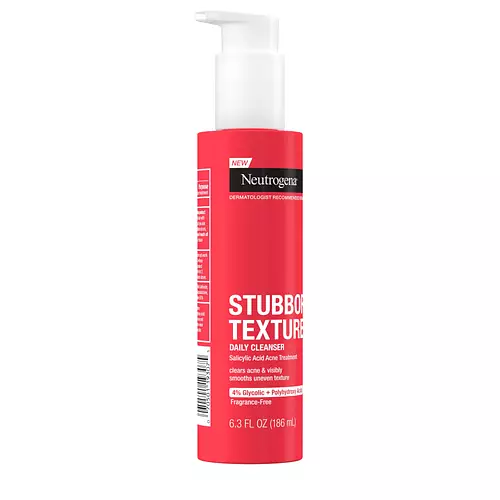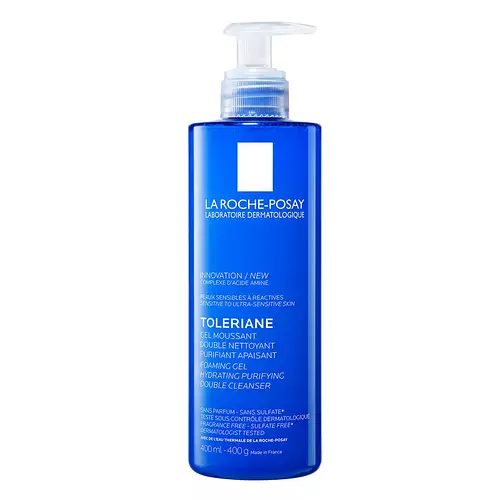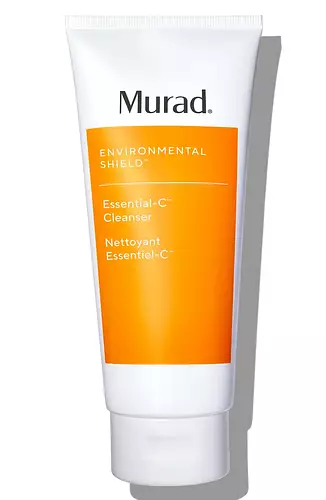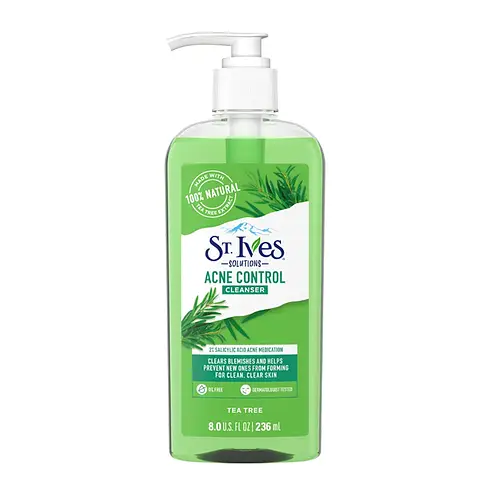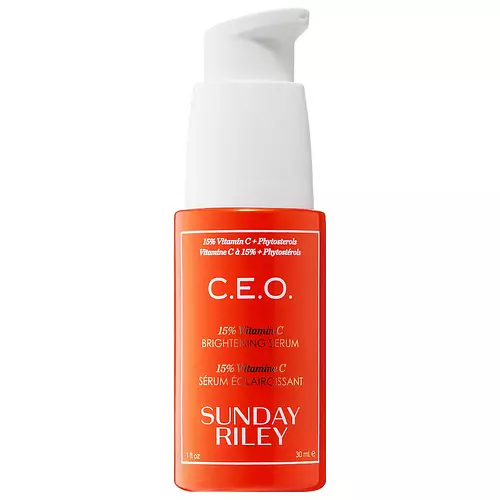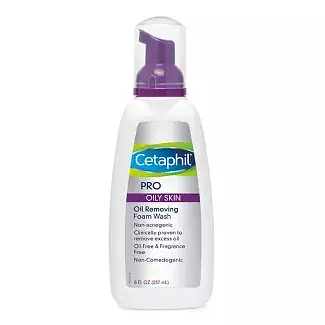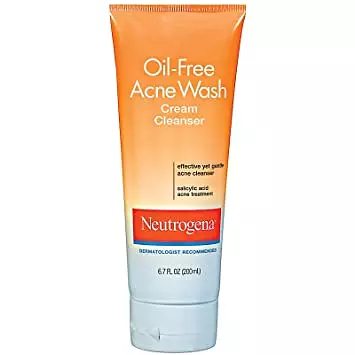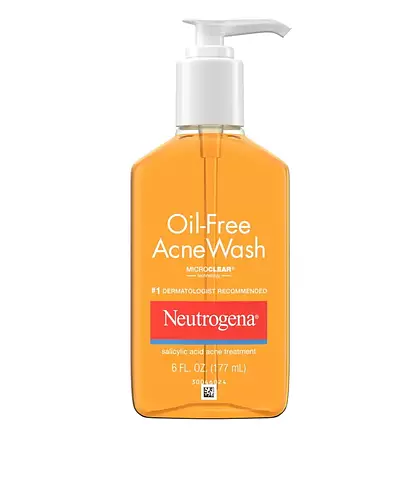Cetaphil Gentle Skin Cleanser - US Versus Neutrogena Pink Grapefruit Oil-Free Acne Wash
Updated on June 07, 2024
Overview
What they are
These products are both face cleansers. They have a total of 2 ingredients in common
Free From
They both do not contain any harsh alcohols, common allergens, oils or silicones
We independently verify ingredients, and our claims are backed by peer-reviewed research. Spot a product that needs an update? Let us know.
Ingredient Info
Cetaphil Gentle Skin Cleanser 8 ingredients
Neutrogena Pink Grapefruit Oil-Free Acne Wash 26 ingredients
At a glance
Click on any of the items below to learn more
Cetaphil Gentle Skin Cleanser 8 ingredients
Neutrogena Pink Grapefruit Oil-Free Acne Wash 26 ingredients
Concerns
This product contains 3 ingredients that may have this attribute:
This product contains 1 ingredient that may have this attribute:
This product contains 1 ingredient that may have this attribute:
This product contains 3 ingredients that may have this attribute:
Notable Ingredients
This product contains 1 ingredient that may have this attribute:
This product contains 1 ingredient that may have this attribute:
Benefits
This product contains 1 ingredient that may have this attribute:
This product contains 2 ingredients that may have this attribute:
This product contains 1 ingredient that may have this attribute:
This product contains 1 ingredient that may have this attribute:
This product contains 1 ingredient that may have this attribute:
This product contains 1 ingredient that may have this attribute:
This product contains 1 ingredient that may have this attribute:
This product contains 2 ingredients that may have this attribute:
This product contains 1 ingredient that may have this attribute:
This product contains 2 ingredients that may have this attribute:
Concerns
This product contains 2 ingredients that may have this attribute:
This product contains 1 ingredient that may have this attribute:
This product contains 3 ingredients that may have this attribute:
This product contains 3 ingredients that may have this attribute:
This product contains 5 ingredients that may have this attribute:
Ingredients Side-by-side
Ingredients Explained
These ingredients are found in both products.
Ingredients higher up in an ingredient list are typically present in a larger amount.
Water. It's the most common cosmetic ingredient of all. You'll usually see it at the top of ingredient lists, meaning that it makes up the largest part of the product.
So why is it so popular? Water most often acts as a solvent - this means that it helps dissolve other ingredients into the formulation.
You'll also recognize water as that liquid we all need to stay alive. If you see this, drink a glass of water. Stay hydrated!
Learn more about WaterPropylene Glycol is an odorless, colorless liquid. As a humectant, it helps skin retain moisture. It also aids in delivering active ingredients.
Another role of this ingredient is preventing a product from melting or freezing. Propylene glycol also adds antimicrobrial properties to a product, elongating product lifespan.
This ingredient is considered an organic alcohol and commonly added into both cosmetics and foods.
Those with sensitive skin or conditions may deliver a rash when using this ingredient.
Learn more about Propylene GlycolIngredient Ratings
Here's what our community thinks of the ingredients in these products.
When to use
Cetaphil Gentle Skin Cleanser 8 ingredients
Neutrogena Pink Grapefruit Oil-Free Acne Wash 26 ingredients

Reviews
Here's what our community thinks
Cetaphil Gentle Skin Cleanser 8 ingredients
didaayu.hmd
Mild and gentle
Affordable but if you want spend more on your cleanser go for cerave or vanicream. This product just doing fine but have so many...
Mild and gentle
Affordable but if you want spend more on your cleanser go for cerave or vanicream. This product just doing fine but have so many type of parabens
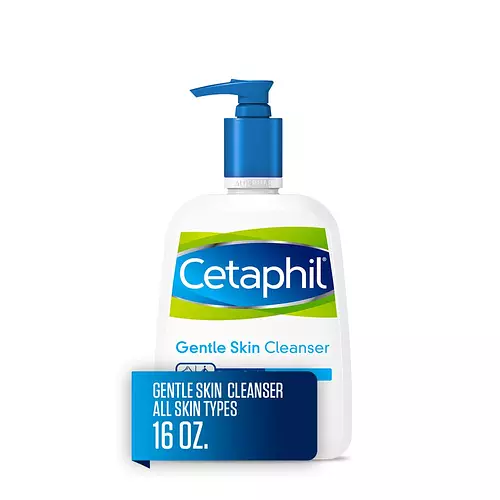
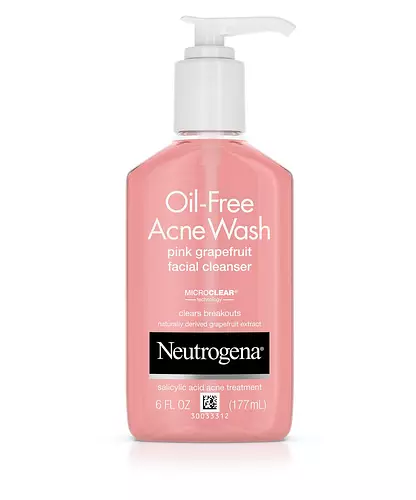
.jpg)





